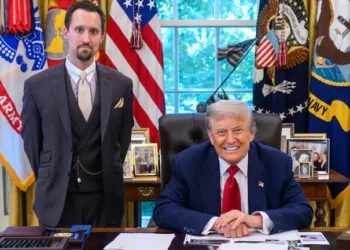In recent years, tattoos have evolved from being a mark of rebellion to becoming a mainstream form of self-expression. With the rise of social media platforms like Instagram and TikTok, tattoo culture has seen an unprecedented surge in popularity, appealing to a broader audience than ever before. But while tattoos are often seen as a modern phenomenon, their roots run deep into ancient history.
Ancient Origins and Cultural Significance
Tattoos have been a part of human culture for thousands of years. The earliest evidence of tattooing dates back to around 3300 BCE, with the discovery of Ötzi the Iceman, a well-preserved mummy found in the Alps. Ötzi’s body bore multiple tattoos, believed to have been created for therapeutic purposes, such as alleviating joint pain.
Across the globe, different cultures have used tattoos to signify various aspects of life, including status, religious beliefs, and rites of passage. In Polynesian culture, for example, tattoos were deeply symbolic, representing an individual’s genealogy, social status, and personal achievements. The intricate patterns and designs were more than just body art; they were a visual language passed down through generations.
In Japan, the art of tattooing, known as Irezumi, has a history dating back to at least the 5th century. Initially associated with spirituality and protection, tattoos in Japan later became linked with the Yakuza, the country’s organized crime syndicates. This association led to tattoos being stigmatized in Japanese society for many years.
Modern Revival and Artistic Evolution
Today, tattoos have shed much of their former stigma, emerging as a celebrated form of art and personal storytelling. The modern tattoo industry is a thriving global business, with an estimated worth of $3 billion in the United States alone. Tattoo conventions, once niche gatherings, are now major events drawing thousands of visitors, including both seasoned enthusiasts and curious newcomers.
The styles and techniques of tattooing have also evolved. Traditional styles like American Traditional, characterized by bold lines and bright colors, remain popular. However, new styles such as watercolor, geometric, and hyper-realistic tattoos have emerged, pushing the boundaries of what can be achieved on skin. These modern techniques have attracted a new wave of artists to the industry, some of whom have backgrounds in fine arts, bringing a fresh perspective to tattoo design.
Social media has played a crucial role in the mainstreaming of tattoos. Platforms like Instagram have allowed tattoo artists to showcase their work to a global audience, leading to the rise of celebrity tattoo artists who command high fees for their work. These platforms have also made it easier for individuals to research designs and find artists whose style resonates with them.
**Challenges and Future Trends**
Despite its growing acceptance, the tattoo industry faces challenges. Issues such as the regulation of tattoo inks, which may contain harmful substances, and the ongoing stigma in certain professions and cultures remain. Moreover, as tattoo removal technology improves, there is an increasing number of individuals seeking to remove or alter tattoos, reflecting the permanence of this form of expression.
Looking ahead, the future of tattooing appears bright. With advances in technology, such as 3D printing and augmented reality, the possibilities for innovation in tattoo design are limitless. As tattoos continue to be embraced by people of all ages and backgrounds, they will likely remain a powerful medium for personal expression and cultural storytelling.









